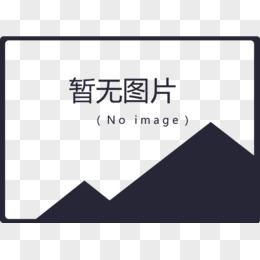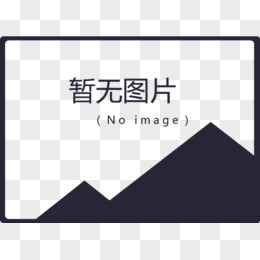在这个系列中,我们将以一个横版游戏《KillBear》的制作,来学习了解游戏制作中关键逻辑和实现。
本篇为该系列第一课,我们简单说明一下文件的结构.在新建一个文件的基础上,加入自制的瓦片地图。
开发环境
Win64: vs2010
Cocos2d-x v3.4Fi
MapEdit
文件结构

参考的:

说明:
合理的文件结构有利于后续开发理解,之前犯了错,到最后结构混乱修改不便。
开始制作
1.创建项目
在文件夹下Shift+右键,选择:在此处打开命令行窗口,新建一个项目
2.获取资源
我重新找了主角资源和地图资源,放在附件链接中.(之后可能会在此更新制作资源方法)
首先是地图,通过Tiled重新做了一个地图

地图有3层:
第一层是Wall,主角和敌人不能跑到墙上去,设定为7层
第二层是floor,主角主要在这里活动,设定为3层
第三层是BlackGround,拿来当填充背景的
每隔瓦片设定都是32X32大小的,地图总大小为80X10
代码构建
其他Other
APPDelegate
修改APPDelegate.cpp,符合我们的屏幕大小:
auto director = Director::getInstance();
auto eglView =director->getOpenGLView();
if(!eglView) {
eglView = GLViewImpl::create("My Game");
eglView->setFrameSize(480,320);
//WIN32下窗体大小,宽高
director->setOpenGLView(eglView);
}
//director->setOpenGLView(eglView);
eglView->setDesignResolutionSize(480,320, ResolutionPolicy::SHOW_ALL);
...
// create a scene. it's an autorelease object
auto scene = GameScene::createScene();
// run
director->runWithScene(scene);
GameScene
GameScene中添加我们需要的层:
Scene* GameScene::createScene()
{
auto scene = Scene::create();
auto gamelayer=GameLayer::create();
scene->addChild(gamelayer, 0);
auto operateLayer = OperateLayer::create();
scene->addChild(operateLayer, 1);
auto statelayer =StateLayer::create();
scene->addChild(statelayer);
return scene;
}
状态State
StateLayer
bool StateLayer::init()
{
bool ret = false;
do {
CC_BREAK_IF( !Layer::init() );
ret = true;
} while(0);
return ret;
}
先空着
控制Operate
OperateLayer
bool OperateLayer::init()
{
bool ret = false;
do {
CC_BREAK_IF( !Layer::init() );
ret = true;
} while(0);
return ret;
}
同上
游戏Game
游戏层包含地图层
地图层MapLayer
头文件.h
class MapLayer : public Layer
{
public:
MapLayer();
~MapLayer();
virtual bool init();
void update(float dt);
void setViewpointCenter(Point pos);
CREATE_FUNC(MapLayer);
private:
void initMapWithFile(const char * path);
};
cpp
bool MapLayer::init()
{
bool ret = false;
do {
CC_BREAK_IF( !Layer::init() );
this->initMapWithFile("mymap.tmx");//地图初始化
ret = true;
} while(0);
return ret;
}
void MapLayer::initMapWithFile(const char * path)
{
TMXTiledMap *TileMap = TMXTiledMap::create(path);
TileMap->setPosition(Vec2(0,0));
this->addChild(TileMap);
global->tileMap = TileMap;
}
本体GameLayer
.h
#ifndef _GAME_LAYER_H_
#define _GAME_LAYER_H_
#include "cocos2d.h"
USING_NS_CC;
#include "MapLayer.h"
class GameLayer : public Layer
{
public:
GameLayer();
~GameLayer();
virtual bool init();
CREATE_FUNC(GameLayer);
};
.cpp
bool GameLayer::init()
{
bool ret = false;
do {
CC_BREAK_IF( !Layer::init());
_visibleSize = Director::getInstance()->getVisibleSize();
_visibleOrigin = Director::getInstance()->getVisibleOrigin();
SpriteFrameCache::getInstance()->addSpriteFramesWithFile("Boy.plist","Boy.pvr.ccz");
SpriteFrameCache::getInstance()->addSpriteFramesWithFile("Enemy.plist","Enemy.pvr.ccz");
auto map = MapLayer::create();
this->addChild(map,-100);
ret = true;
} while(0);
return ret;
}
效果
至此我们的第一步已经完成了,运行下可以看到一个窗口中间有我们自己制作的地图:

结语
这是最简单的部分了,下一篇将加入一个Hero






